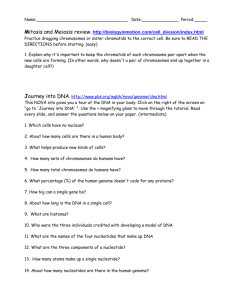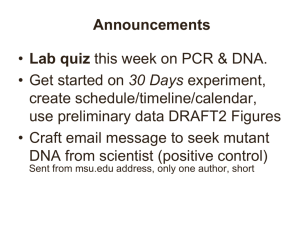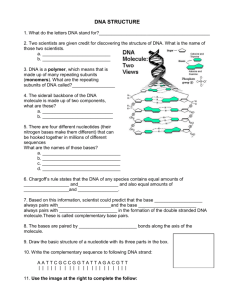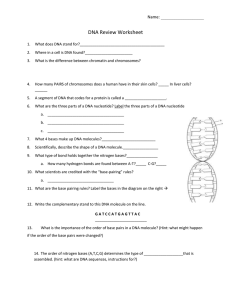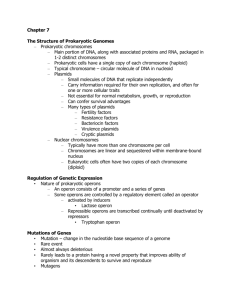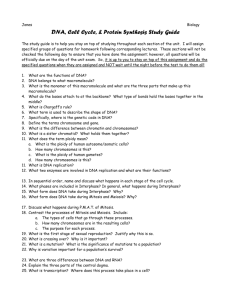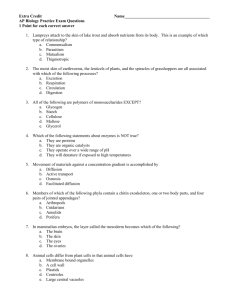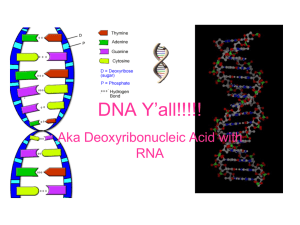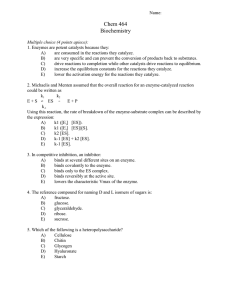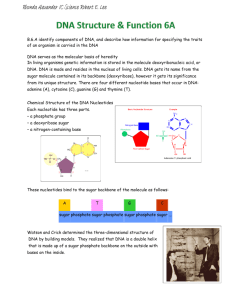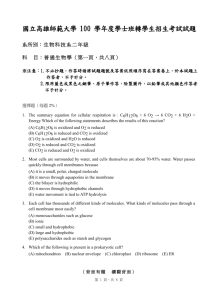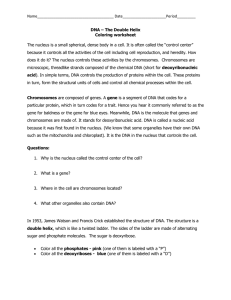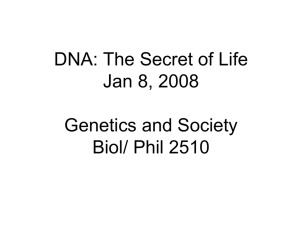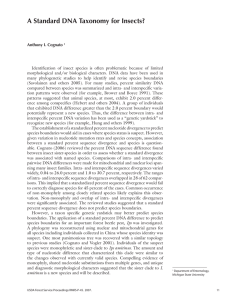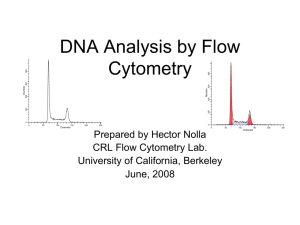partII - Kelly Walsh High School
advertisement
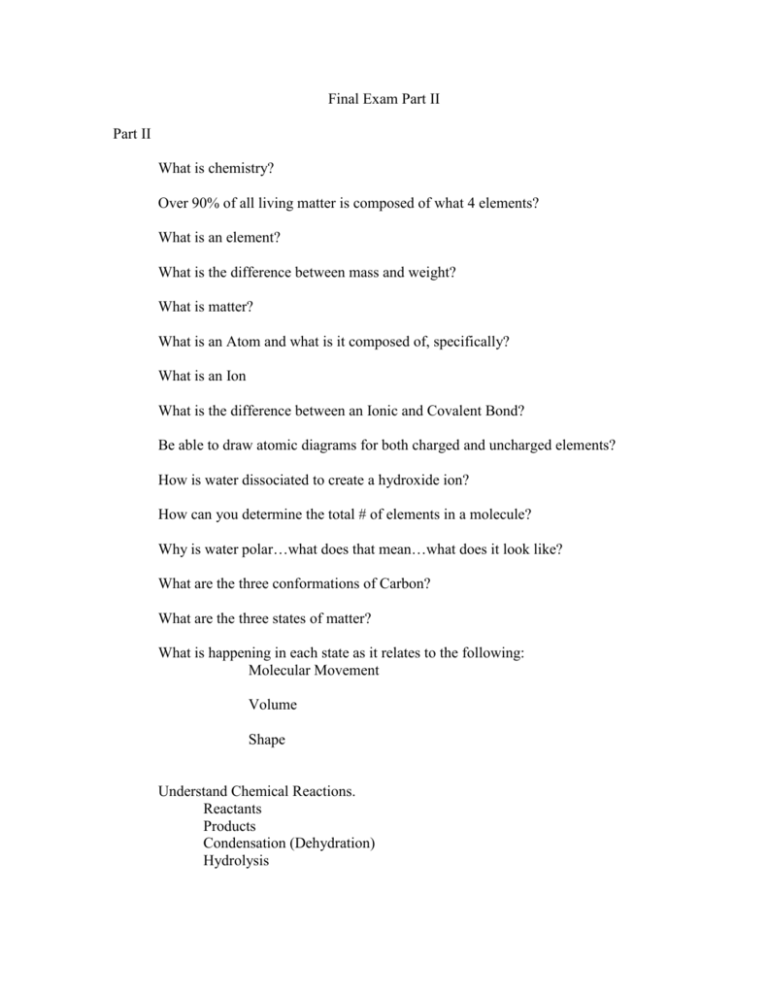
Final Exam Part II Part II What is chemistry? Over 90% of all living matter is composed of what 4 elements? What is an element? What is the difference between mass and weight? What is matter? What is an Atom and what is it composed of, specifically? What is an Ion What is the difference between an Ionic and Covalent Bond? Be able to draw atomic diagrams for both charged and uncharged elements? How is water dissociated to create a hydroxide ion? How can you determine the total # of elements in a molecule? Why is water polar…what does that mean…what does it look like? What are the three conformations of Carbon? What are the three states of matter? What is happening in each state as it relates to the following: Molecular Movement Volume Shape Understand Chemical Reactions. Reactants Products Condensation (Dehydration) Hydrolysis How can you tell the difference between a carb, fat, protein? What is amphipathic? What structure in our bodies is amphipathic? What is a cell? Who first saw a cell? Why do we call cells cells? Who was a good microscope maker? What is the cell theory? Know all the parts of the cell and their functions? What are the three types of permeability? What is the difference between active and passive transport? Name two types of passive transport. Why specifically do molecules move from a high to low concentration? Why is the nucleus called the brain of the cell? Understand the proteins associated with the bilayer of the membrane. Understand the differences between Hypotonic, Hypertonic and Isotonic. Why are membranes folded? What other organelle has it’s own DNA? How is that DNA used? What is DNA? Who discovered DNA’s shape? What IS the rest of the story behind the discovery of DNA? What are the 4 bases of DNA? What are the rules for pairing of the bases? What is a Nucleotide? What is the monomer of DNA? What is the polymer of a nucleotide? What is a chromosome made up of? How many chromosomes in a human? Know what is happening in each phase of mitosis as they relate to the following: Chromosomes Nucleus Spindle fibers Cell membrane


